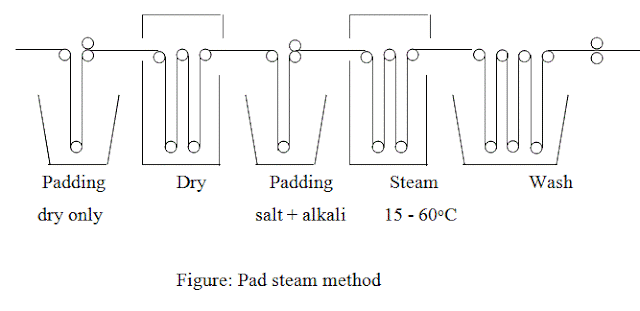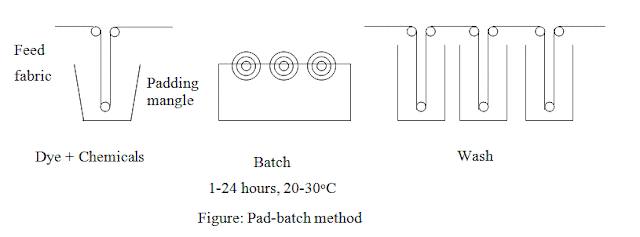·
Fastness
properties of the Reactive dyes on cellulosic fibres :
In general, reactive dyes on
cellulosic fibres give dyeing with good to very fastness to washing and other
wet processes. Apparent inferior fastness to washing is usually because of
incomplete removal of unreacted and hydrolysed dye from the material by washing
after dyeing.
The presence of unfixed dye can
easily be tested for by hot pressing a wet sample of the dyeing sandwiched
between two pieces of dry white cotton. Colour transfer to the white material
indicates the presences of unfixed dye in the dyeing. It is more likely to be a
problem for deep dyeing. The use of reactive dye is growing rapidly, faster
than for any other dye application class. This is because these dyes also give
dyeing of moderate to good light fastness, allow relatively simple and diverse
dyeing methods and are available in a range of bright colours. In particular,
the fastness to bleaching by chlorine, and to a lesser extent by peroxides
present in modern household detergents is often only moderate.

